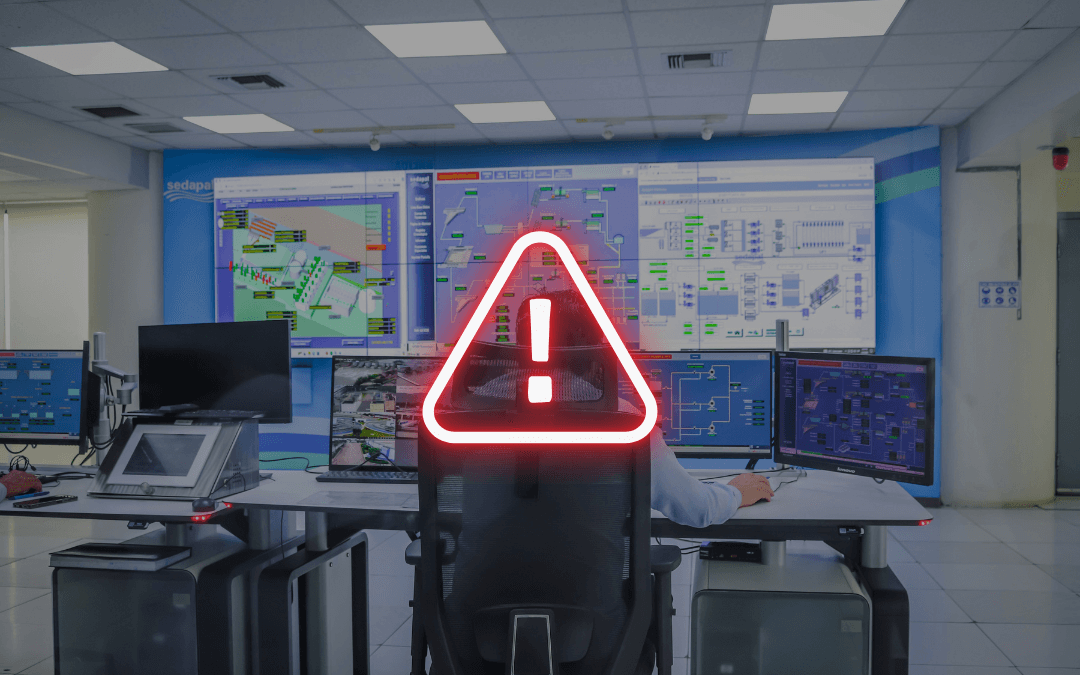Imagine a hacker remotely slamming the brakes on a freight train barreling across the U.S. This chilling scenario, sounding like a Hollywood thriller, exposes real train control system vulnerabilities that have been quietly ignored for years. According to a deep dive by 404 Media, critical flaws in train control systems allow hackers to exploit Positive Train Control (PTC), a safety mechanism designed to prevent collisions and derailments.
Security researchers have uncovered that these systems, used by major U.S. freight and passenger trains, are riddled with exploitable weaknesses. Hackers could potentially trigger emergency braking, disrupt operations, or worse, manipulate train movements. The issue stems from outdated software, unencrypted communications, and a lack of robust cybersecurity measures in the rail industry. Despite warnings from experts, including detailed reports shared with regulators, little has been done to address these train control system vulnerabilities.
The Department of Homeland Security (DHS) and the Transportation Security Administration (TSA) have been aware of these risks for years, yet fixes remain stalled due to bureaucratic inertia and industry resistance to costly upgrades. Meanwhile, the potential for chaos—or even catastrophic accidents—looms large. As one researcher put it, it’s not a matter of if but when these train control system vulnerabilities could be exploited.
The Scale of Train Control System Vulnerabilities
The rail industry’s reliance on outdated technology amplifies the danger. Many train control systems still operate on legacy software, some of which hasn’t been updated in decades. These systems often lack basic encryption, making them easy targets for cyberattacks. A single breach could disrupt entire rail networks, delay critical shipments, or even cause collisions. The 404 Media report highlights that researchers successfully demonstrated how a hacker could exploit these train control system vulnerabilities to send false signals to train operators or override safety protocols. Such an attack could paralyze freight lines carrying hazardous materials or commuter trains packed with passengers.
Why the Delay in Addressing These Risks?
The slow response to these train control system vulnerabilities is baffling. Regulators have received detailed reports outlining the risks, yet the rail industry argues that upgrading systems is too expensive and complex. The cost of modernizing PTC and implementing stronger cybersecurity measures is estimated to be in the billions, a price tag that many rail companies are reluctant to pay. Meanwhile, DHS and TSA have issued guidelines but lack the authority to enforce sweeping changes. This bureaucratic gridlock leaves the rail network exposed to hackers, who could exploit these weaknesses for financial gain, political motives, or sheer disruption.
Real-World Implications of Inaction
The consequences of ignoring train control system vulnerabilities extend beyond minor delays. A cyberattack on a freight train carrying hazardous materials could lead to environmental disasters or loss of life. Passenger trains, which carry millions of commuters annually, are equally at risk. The 404 Media investigation cites a worst-case scenario where a hacker could manipulate train signals to cause a head-on collision. While no such attack has occurred yet, the potential is real, and the rail industry’s complacency is alarming. Experts warn that nation-state actors or sophisticated cybercriminal groups could target these systems, turning a theoretical threat into a devastating reality.
What Can Be Done to Mitigate These Risks?
Addressing train control system vulnerabilities requires a multi-pronged approach. First, the rail industry must prioritize upgrading legacy systems with modern, encrypted technologies. Second, regulators need to enforce stricter cybersecurity standards, even if it means overcoming industry resistance. Finally, public awareness is critical. By shining a light on these vulnerabilities, we can pressure stakeholders to act before a catastrophe occurs. Collaboration between government, industry, and cybersecurity experts is essential to secure our rail networks.
Demand Accountability Now
The train control system vulnerabilities exposed in U.S. rail networks are a wake-up call for everyone. Protect our critical infrastructure now! Urge rail companies and regulators to prioritize cybersecurity by contacting your local representatives and demanding immediate action. Stay informed about the latest cybersecurity threats by subscribing to our blog for expert insights and updates. Click here to read more blog articles!

